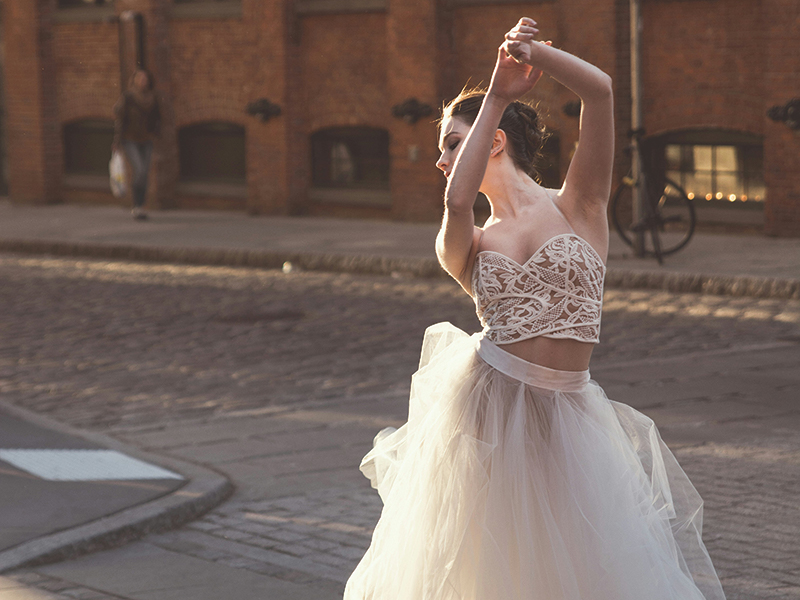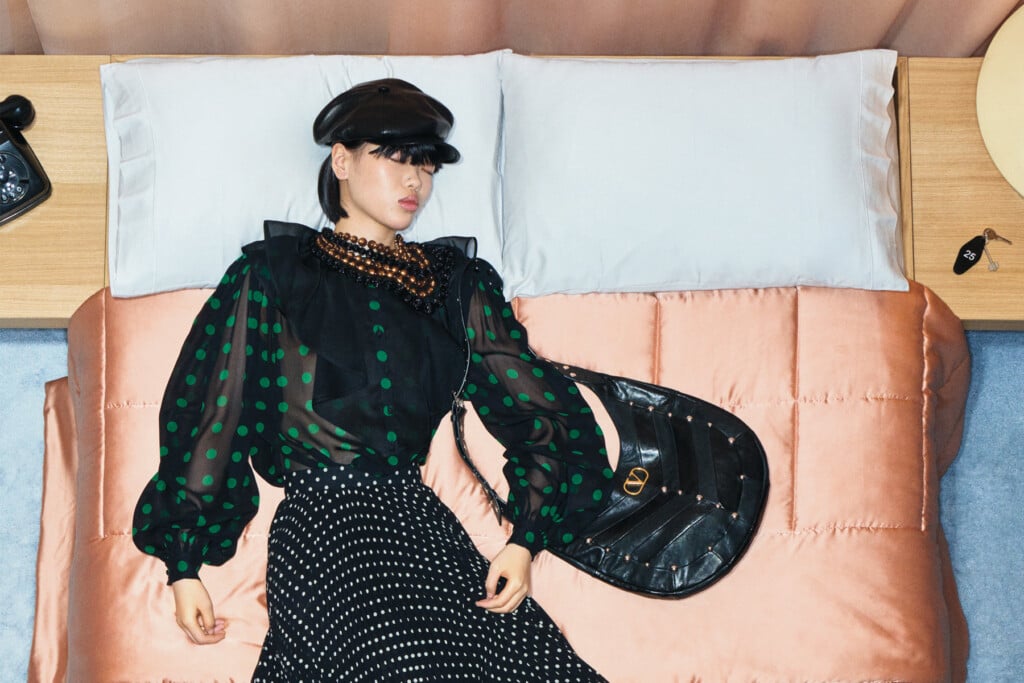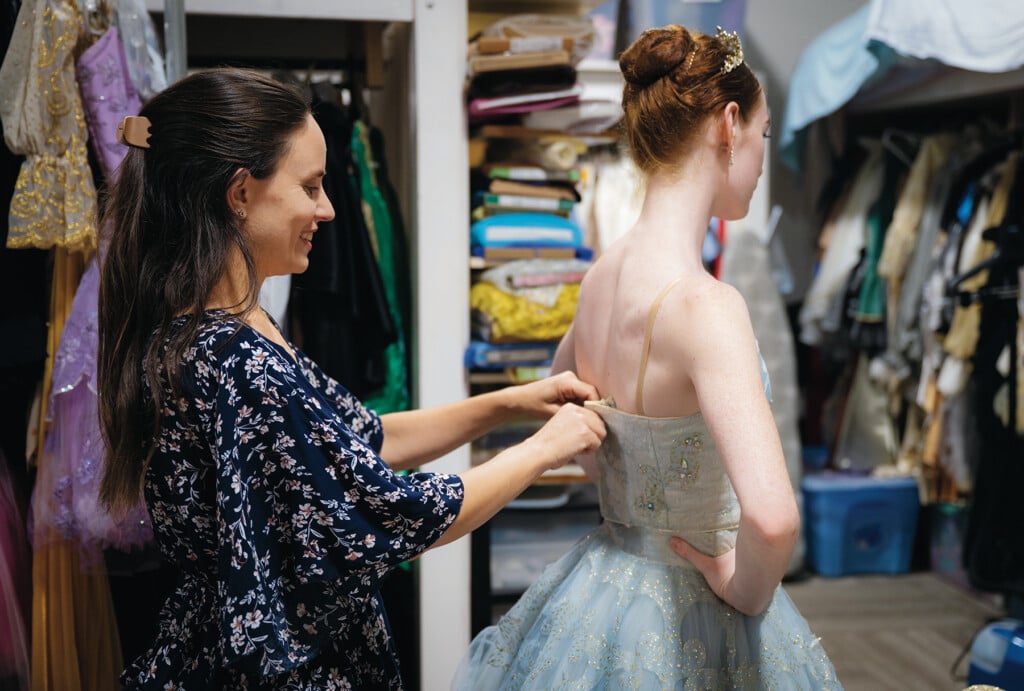A Choreographed Closet
The Relevé of Balletcore

There comes a time in many little girls’ lives when they dream of becoming a ballerina. While the dream may not pan out for many because talent cannot be emulated, a ballerina’s style can be.
Graceful, poised, powerful, and feminine are all adjectives that can be used to describe ballerinas. The clothing ballerinas wear in the studio emphasizes the long, lean, and clean lines of their bodies, while the costumes they don on stage illuminate an air of whimsy and beauty.
Ballet has been around for centuries, but society’s surest fascination with its fashion began with ballerina Marie Taglioni, who introduced the romantic tutu—a multilayered skirt reaching to midcalf—in 1832.
In the 1870s for Tchaikovsky’s Swan Lake, the tutu skirt was dramatically shortened to better accommodate leaps and showcase the strength of the dancers’ legs. Additionally, in the 1870s, ballerinas became the muse of famed French impressionist artist Edgar Degas, who featured them as subjects in more than 1,500 works.
In the 1880s French acrobat Jules Leotard created the leotard. Traditionally worn with tights to provide a streamlined look while also aiding in blood circulation and muscle fatigue, the garment would later become the standard for American ballet.
George Balanchine, one of the most influential chorographers of the twentieth century, was pivotal in popularizing rehearsal wear or ballerina street style. This practice directly led to today’s merging of high and low ballet fashion into balletcore—the comforts of cotton leg warmers paired with the drama of a layered tulle skirt, for example.
“Balletcore allows us as fashion consumers to dress like we’re on stage,” says Sarah Villella, manager and buyer of Narcissus. “From tights both sheer [and] opaque, bustiers with boning, and bows adorned on cardigans to hair accessories, balletcore brings out our inner dancer.”
At Narcissus, Villella points wannabe bunheads to Loeffler Randall mesh crystal ballet flats, For Love and Lemons’ argyle cardigan and bralette, and a Cinq a Sept drop-waist black mini dress.
Dancers love to make an entrance and often wow with their costumes, which is why investing in pieces with drop-waist silhouettes, tulle skirts, puff sleeves, and bubble hems, plus costume wear speckled
in sequins, rhinestones, and pearls is a finely rehearsed move.
The stage may be for catching and holding the eye, but studio-wear is all about transitional pieces and sleek style.
“Balletcore is the ultimate feminine look while maintaining comfort and style,” says Maria Hurst, owner of Gypsy Rose Boutique.
Hurst recommends breathable and moveable fabrics such as jersey, cotton, and cashmere. Jersey or cotton joggers can be worn by men or women and are loose while accentuating the ankle and foot. Drape a cashmere cardigan around your neck or tie a crewneck sweatshirt around your waist. In the cooler months, throw on a pair of tights or leg warmers.
One of the most iconic elements of balletcore are ballet flats, which can be dressed up or down.
“Unlike rigid pointe shoes, ballet flats found for street wear are incredibly comfortable and a welcomed trend compared to heels,” says Villella.
Ballet is all about the details as is its fashion (think: bows and intricate lace). The traditional ballet color palette is monochromatic blacks, beiges, and pinks. There’s also the subtle incorporation of pastels or the dramatic flare of bright red or deep purple.
When carefully curated and expertly choreographed, the balletcore look can elicit a standing ovation from the likes of Anna Pavlova to Misty Copeland.


